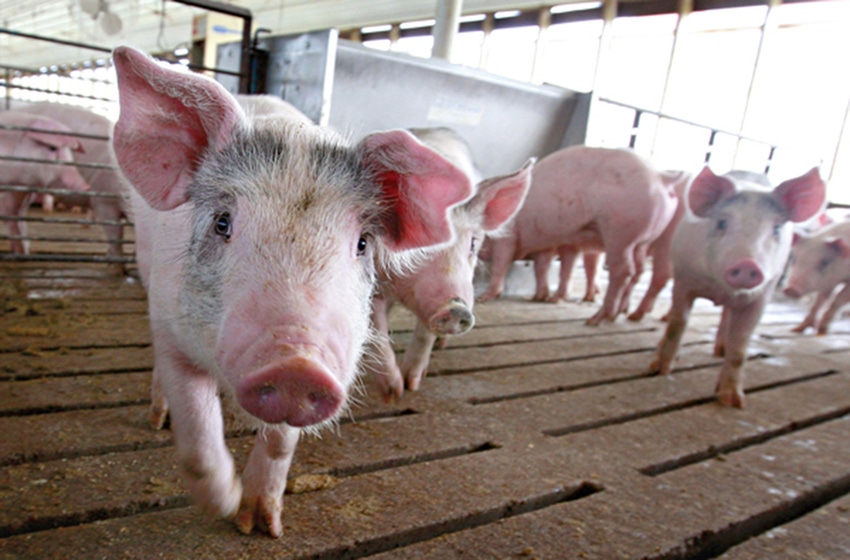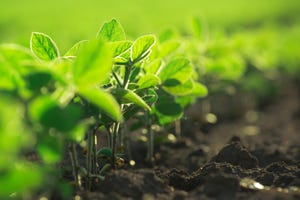Copper mechanism on pig growth elucidated
Research from the University of Illinois explains why copper enhances feed conversion rates in pigs.
March 30, 2020

Pigs have better feed conversion rates with copper in their diets, but until now, the mechanism behind the phenomenon was unknown, according to the University of Illinois.
Existing research from the University of Illinois shows copper doesn't change fat and energy absorption from the diet, but new research demonstrates the element seems to enhance pigs' ability to utilize fat after absorption, resulting in increased energy utilization of the entire diet, the university said in an announcement.
"Our results indicate copper hydroxychloride is enhancing metabolism of fat, and that's how the pigs get more energy. That, we believe, can explain why pigs have better feed conversion rates when we feed this copper source in the diets," said Hans H. Stein, professor in the department of animal sciences at Illinois and co-author of a new study published in the Journal of Animal Science.
In the study, Stein and his collaborators fed pigs one of two diets. Both primarily contained corn, soybean meal and dried distillers grains with solubles, but the control diet contained 20 mg of copper chloride per kilogram. The experimental diet was identical, except it also contained 150 mg of copper hydroxychloride per kilogram, Stein said.
Pigs consuming the experimental diet experienced greater average daily gain and a gain-to-feed ratio, representing better feed conversion and economic savings for producers.
Stein's previous work showed fat and energy digestibility didn't change with inclusion of similar rates of copper hydroxychloride. So, to really understand copper's effects on post-absorptive fat metabolism, the researchers evaluated gene expression in tissue samples from the pigs.
"We saw greater expression of genes involved in lipid metabolism and lipid utilization in the liver, adipose tissue, and to a lesser degree in the muscle," Stein said. "This indicates that dietary copper may affect signaling pathways associated with lipid metabolism by improving the uptake, transport and utilization of fatty acids."
While copper's ability to boost feed conversion rates provides another tool to replace antibiotic growth promoters, the trace mineral isn't necessarily a perfect workaround, Stein said, noting that in Europe, environmental concerns have prompted copper regulation in waste streams.
However, a better understanding copper's role in pig nutrition is important because if less copper or a different form with a smaller environmental footprint could fulfill the same biological function, producers could continue to benefit while also protecting the environment, Stein said.
Besides Stein, study authors include Charmaine Espinosa, Scott Fry and Matthew Kocher. The research was supported by Micronutrients and Agrispecialist Inc.
You May Also Like



